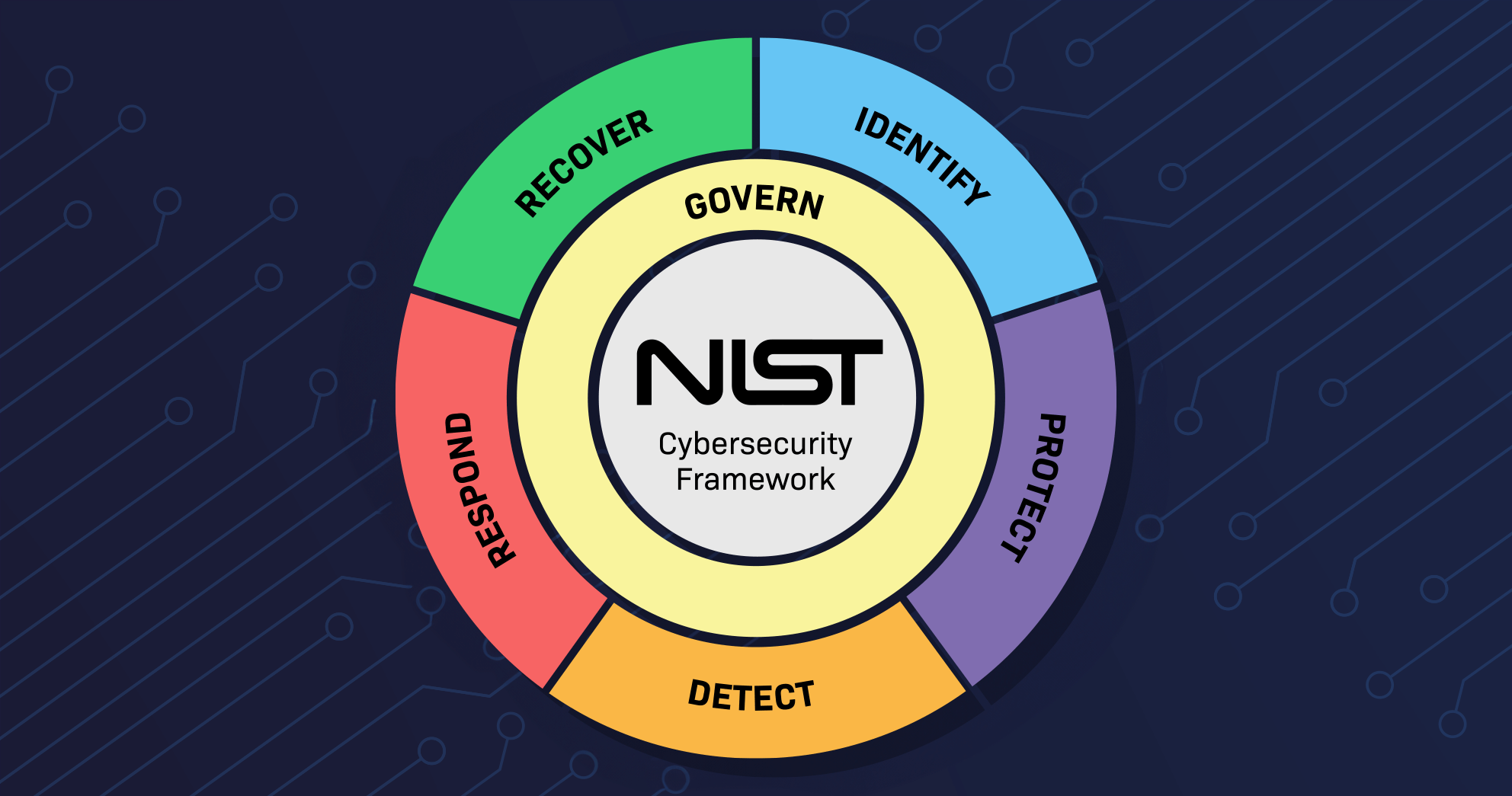Introduction
Cyber insurance sounds like a lifeline, one that will save your business in the event of a data breach or ransomware attack. But what happens when that claim gets denied? It’s a growing problem: Businesses pay premiums expecting protection, only to face coverage denials due to vague exclusions, misconfigurations, or non-compliance with policy terms.
The reality is this: cyber insurance companies are getting stricter, and if your infrastructure isn’t hardened, documented, and compliant, your “coverage” may be little more than marketing fluff.
The Rise of Cyber Insurance and Denials
With cyberattacks rising exponentially, cyber insurance has become a standard requirement for businesses of all sizes. In fact, over 70% of mid-sized businesses now carry some form of cyber coverage. However, payouts are shrinking. Insurers are tightening claims approval processes, adding hidden exclusions, and requiring proof that proper safeguards were in place before the attack.
According to a 2023 report by Fitch Ratings, more than 40% of cyber claims are denied or heavily reduced, often because businesses couldn’t prove compliance with their policy’s security requirements.
What Voids a Cyber Insurance Claim?
Most policies contain clauses that require “reasonable security controls.” But what does that mean? Without a clear definition, insurers can retroactively judge your infrastructure as inadequate. Common reasons for denial include:
- Use of unsupported or unpatched software
- Failure to document access controls and backup procedures
- Lack of MFA, encryption, or logging
- Data stored in regions outside the policy’s jurisdiction (a sovereignty issue)
Lack of proof of incident response readiness or compliance documentation. Even businesses using cloud-based systems may be disqualified if their cloud provider’s shared-responsibility gaps weren’t addressed.
The Cloud-Insurance Conflict: A Growing Problem
Many companies mistakenly believe that using AWS, Azure, or Google Cloud guarantees coverage. But cloud services often lack full transparency and control—two things insurers demand. If your business cannot prove where the data was stored, who accessed it, or how it was encrypted, insurers may determine you failed to meet your obligations.
In some cases, cloud misconfigurations (like open S3 buckets or exposed ports) have invalidated claims completely. It doesn’t matter that the breach happened through a cloud provider. If you didn’t configure it securely, the liability is yours.
How EXIGENCY Builds Insurance-Ready Infrastructure
EXIGENCY designs systems that meet and document every major cybersecurity standard, giving your business a strong case in the event of an insurance claim. We provide:
- Military-grade encryption with logs and version control
- Air-gapped backups and provable disaster recovery plans
- Zero-port tunneling to eliminate open service exposure
- SOC 2-ready configurations that align with insurer audit requests
- Compliance logs and documented user access policies to match underwriting conditions
With EXIGENCY, your environment becomes fully audit-capable, secure by design, and compliant with insurer expectations.
FINAL THOUGHTS: DON’T WAIT TO FIND OUT YOU’RE NOT COVERED
The worst time to learn your cyber insurance won’t pay out is after you’ve been breached. By then, the costs are already racking up fines, lawsuits, customer churn, and downtime. Insurance won’t save you unless your infrastructure already meets the policy’s technical and procedural standards. EXIGENCY builds with this in mind from day one.
We don’t just secure your systems, we help ensure your risk mitigation strategy holds up in court, in audits, and in claims. Don’t roll the dice with vague compliance. Get covered for real with EXIGENCY.






No comment